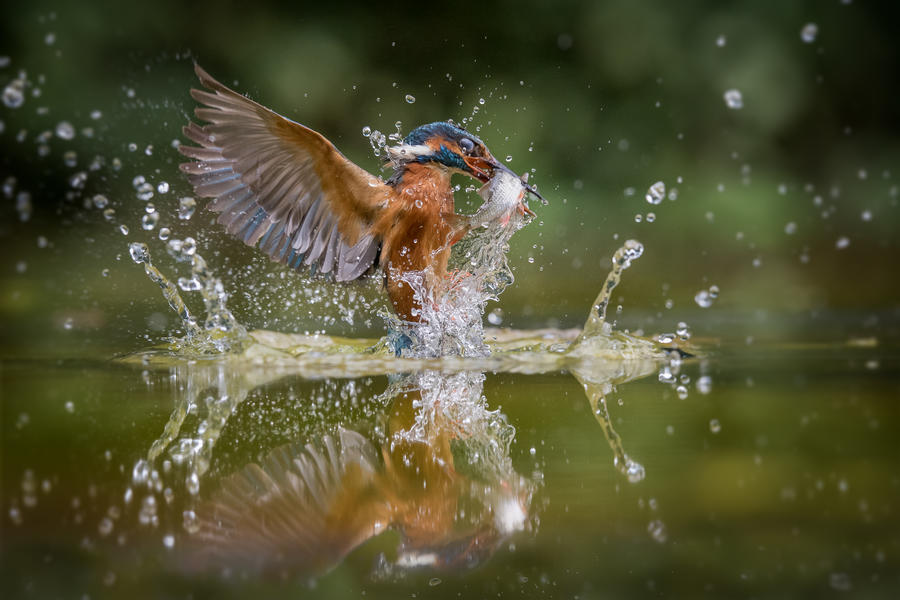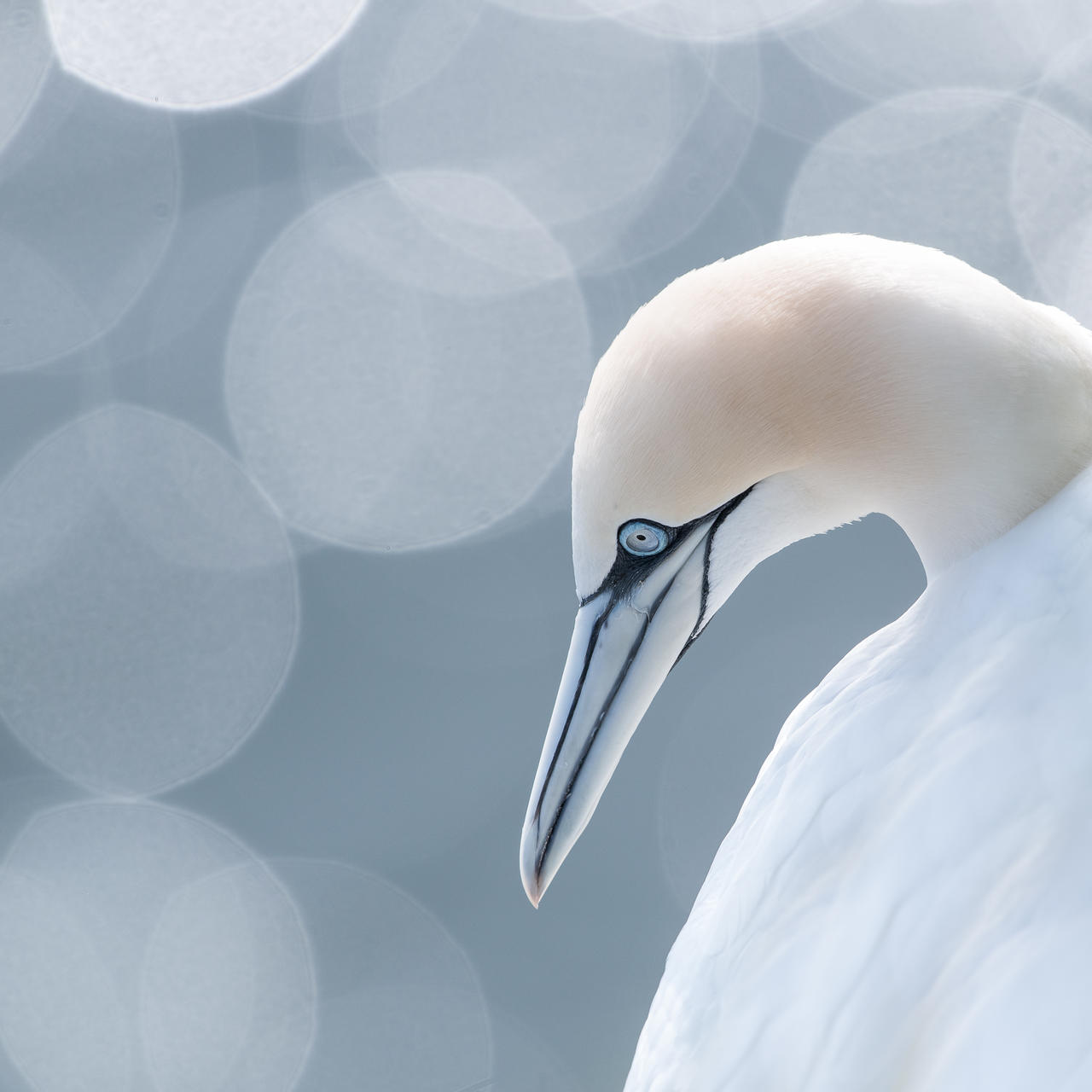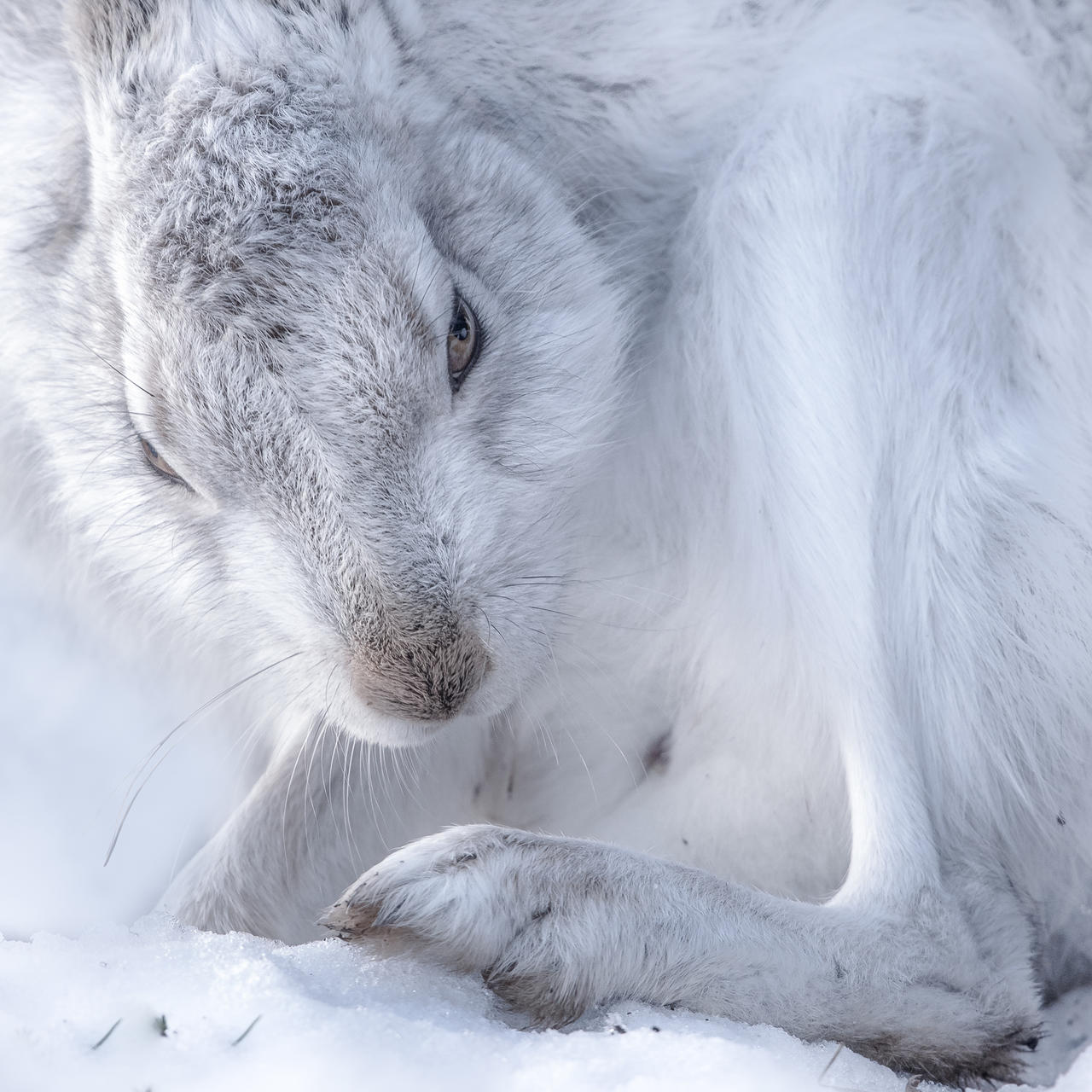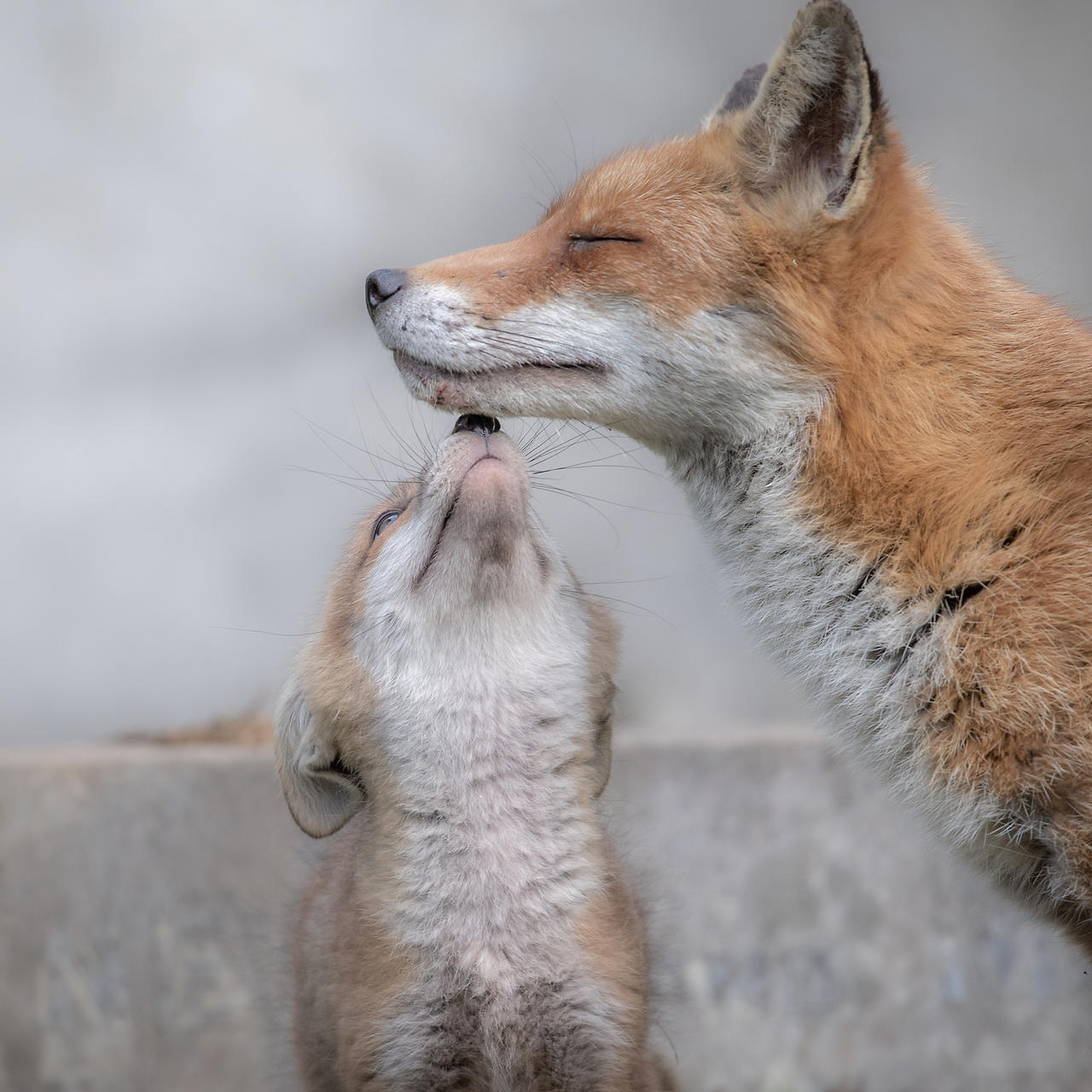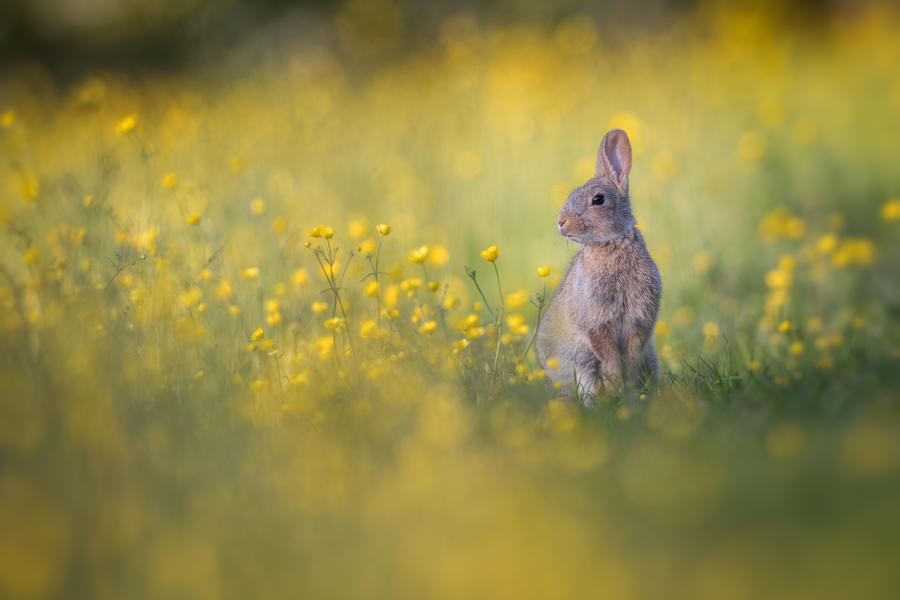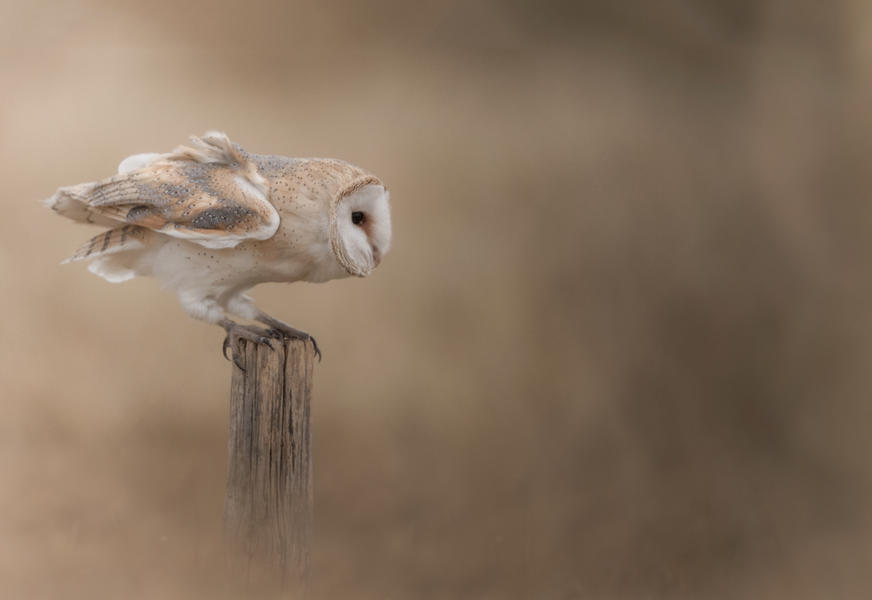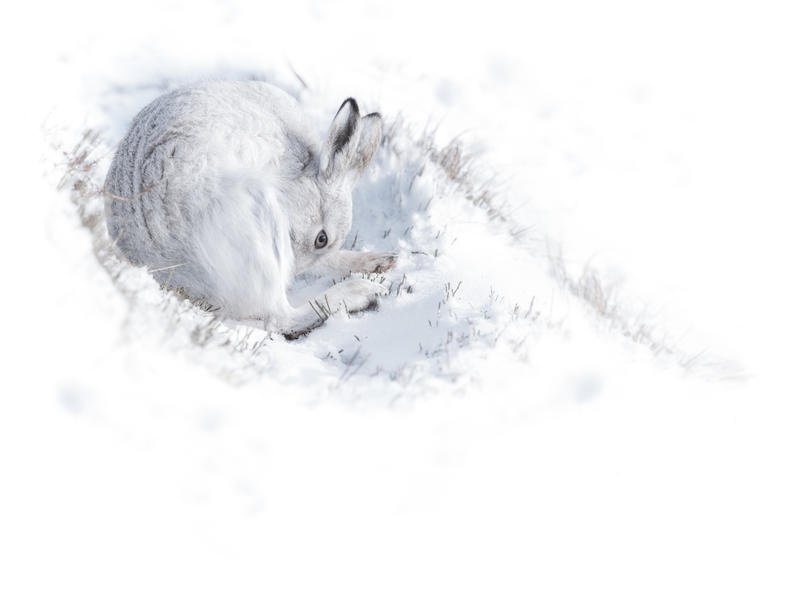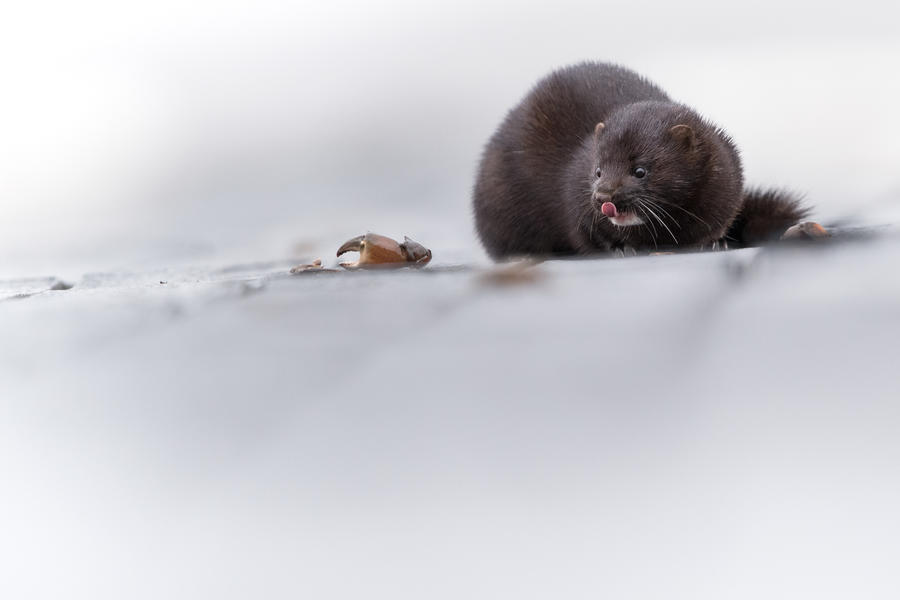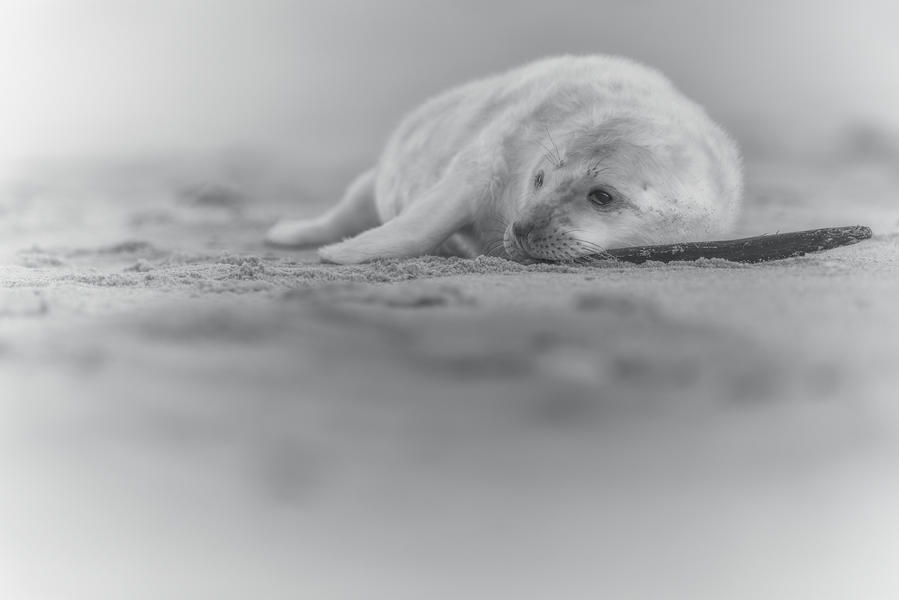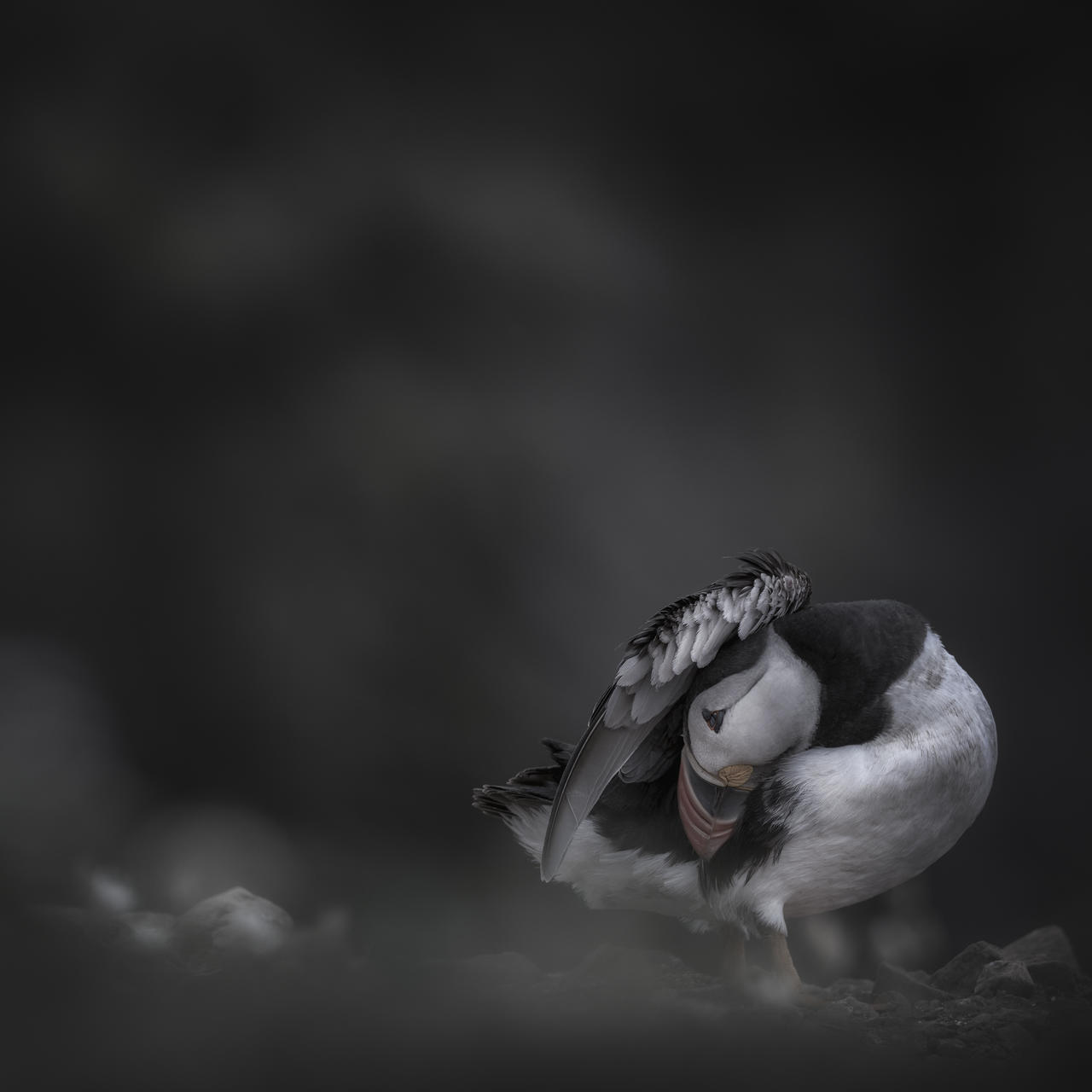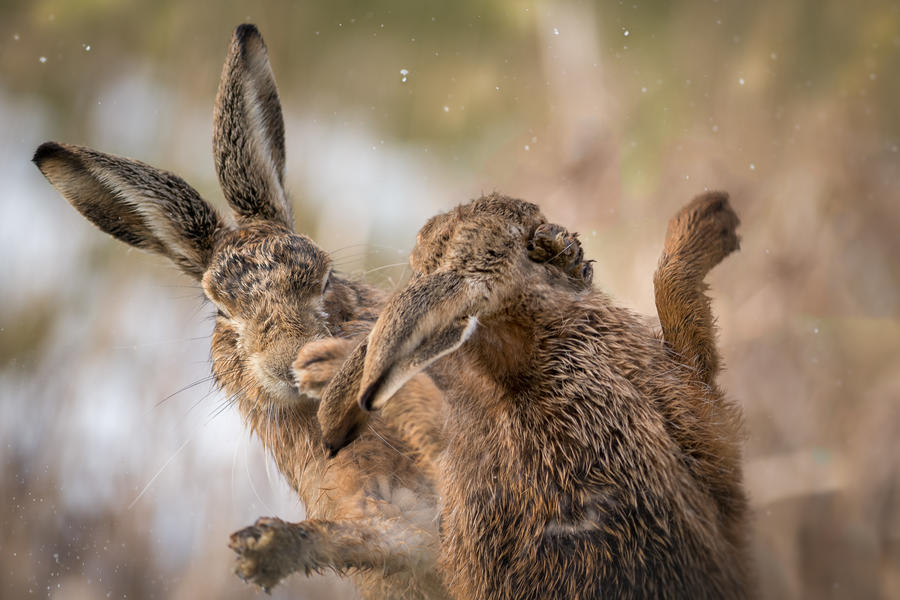There’s no need to visit exotic lands to capture beautiful wildlife. British wildlife found right on your own doorstep has so much to offer. Wildlife photographer Nick Hurst delivers some words of advice
‘Rising Kingfisher’, Nikon D5, 200mm, 1/5000sec at f/5, ISO 3600
Get to know your local area
Wildlife is all around us and that means you don’t have to travel to faraway lands or spend thousands of pounds to get there to take great images. The British Isles offers incredible diversity in respect of local wildlife and habitats. I spend a lot of time just walking my local fields, woods, riverbanks, parks and farmland. It amazes me how much there is to encounter on your own doorstep. Some of my favourite images have been taken close to home because I know the habitat well and have that ‘connection’ and understanding which comes with familiarity.
‘Contemplation’, exposure unknown
Embrace the diversity of British wildlife
Try not to focus your attention on one particular type of wildlife and instead look for species of animal or bird that will demonstrate expressions, mannerisms and behavioural traits that will translate well to images. It’s very rewarding capturing a moment and it finding it provokes some emotion or feeling prompted by the subject’s look. Larger mammals tend to lend themselves to this due to their movement and facial expressions, for example, but it can also be the case with birds too.
‘Shadows on the Peaks’, Nikon D850, 600mm, 1/1000sec at f/6.3, ISO 320
Shoot early
Typically, I’m up and about when the morning sun starts to rise. In the summer months this will be around 4.30 am and if I’m on a wildlife reserve or country park I’ll have completed my work by 9am, which is when the crowds start to arrive. As a wildlife photographer, solitude is something I value and you will too. These early hours are when the wildlife will be at its most active as it’s less likely to be disturbed at this time of day. These are also the hours of the coveted golden hour – either 1-2 hours after sunrise or before sunset – when the light just has a softness or quality which lends itself to beautiful photography.
‘Just a Soft Touch’, exposure unknown
Spend time with your subjects to understand their behaviour
Learning to anticipate or predict an animal’s behaviour is a common mantra shared by some of the best wildlife photographers. It’s a skill to which you should aspire in the hope of capturing a fleeting, intimate moment, which conveys a sense of wonder or perhaps magic in a single image. This requires you to spend plenty of time in the outdoors watching and studying your subjects. You don’t always have to point a camera at them. Sometimes, it’s better to just sit and watch.
‘Meadowland’, Nikon D5, 600mm, 1/640sec at f/5.6, ISO 280
Get connected
It doesn’t matter where you live as there will always be wildlife groups or enthusiasts on social media who can provide an invaluable source of information. It is also a good idea to get involved in your local wildlife trust as this will enhance your understanding of the conservation of wildlife in your area and provide good access to habitats that are close to home when starting out.
‘Ghost’, Nikon D5, 600mm, 1/1250sec at f/4, ISO 1100
Get eye level
Getting low and placing yourself at the same perspective as your subject is like viewing the world through the prism of your subject’s eyes. It creates an emotional connection; a relationship which, no matter how fleeting, can transform an image from a mere record of that encounter to something truly special.
‘White Drift’, exposure unknown
Use depth of field creatively
I use shallow depths of field to emphasize certain elements of my subject as I’m always looking for a story in my images. The wash and flow of colour as it catches the light and frames my subject sometimes helps to tell that story. When shooting against cluttered backgrounds, it’s a technique I rely upon to isolate elements of my subject in which I might want to vary the depth of field to suit the mood and feel of the image.
‘An American Abroad’, exposure unknown
Select the right focus mode for you
Wildlife is anything but predictable, so it is a given my camera’s mode is pretty much permanently set on autofocus continuous, (AFC Mode on Nikon). If your subject is constantly on the move (which more often than not it will be), the focus should adjust to the shifting focal plane and the position of your subject.
However, if you use back button focus, as I always do, the focus mode is pretty much irrelevant as it removes the focus actuation from the shutter button and instead assigns this function to a button on the back of the camera. This is pretty cool when shooting relatively static subjects and allows you to recompose your image when the back button is not pressed yet still maintains focus.
‘Simple Things’, Nikon D810, 300mm, 1/2500 at f/2.8, ISO 72
Set your AF points according to your subject’s movements
For larger mammals such as deer, badgers and foxes, set your focus array to a ‘single point’. In these circumstances, you should always focus on the subject’s eyes and adjust both aperture and speed to suit.
For birds in flight, or fast, erratic moving subjects, it’s a slightly different story. I find either a 9 or 25-point focus array generally works well. In more modern cameras this can be finetuned so that once focus is acquired it can stick to your subject to a greater or lesser degree.
I like to assign my ‘custom controls’ (typically positioned on the front of the camera), so I can switch between the differing focus arrays quickly. If I’m photographing a wading bird along the shoreline and it suddenly takes to flight, I know I’ll always have a good chance of acquiring focus by easily switching between the two.
‘Seeking Shelter’, exposure unknown
Travel light but make sure you have some vital accessories
Keeping weight to a minimum is always a challenge but I will often have my Gitzo tripod coupled with a Wimberly WH200 head slung over my shoulder. I’ll also carry a TC14 II teleconverter, XQD memory cards and spare batteries. I can find. However, above all, I cannot live without my Simms G3 waders. Being able to wade into rivers and waterways has made a real difference to my work and no wildlife photographer should be without them.
‘KO’, exposure unknown
